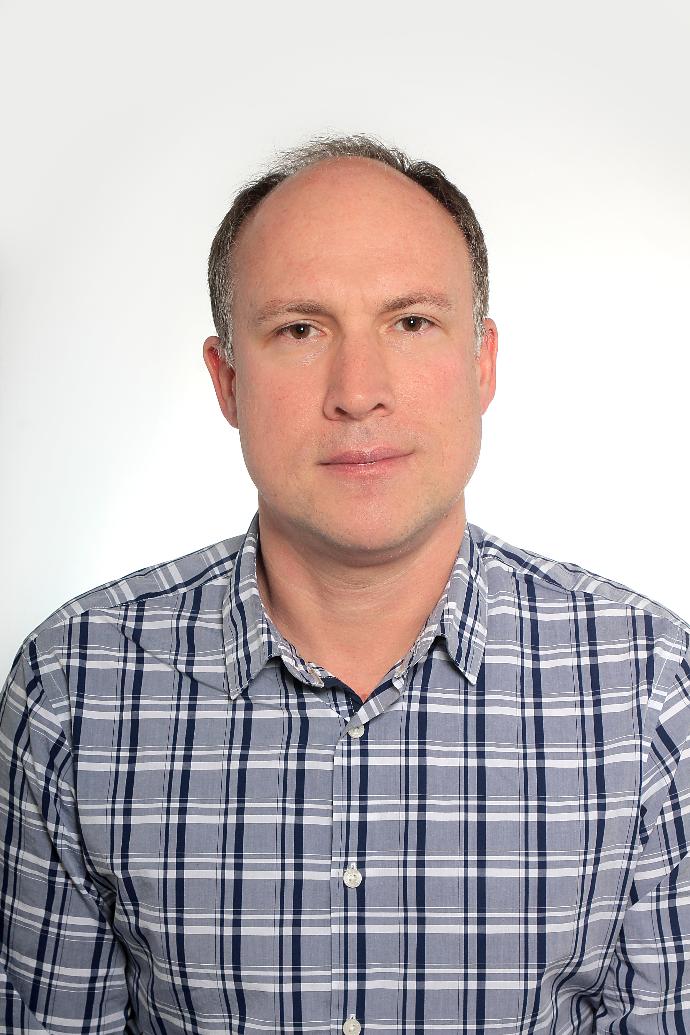By means of interviews with general practitioners, cardiologists and medical assistants, we want to ensure the exchange of experiences among our customers in order to jointly optimize the patient experience and increase the diagnostic yield.
The start was made by Physician Michel Wenger, Medical Director of Centramed, based in Basel. He is now followed by cardiologist M.D. Bernd Eigenberger, specialist for internal medicine and cardiology as well as deputy head of Medical Center Medbase Kreuzlingen.

Bernd Eigenberger,
Deputy Head of Health Center
«Direct therapy control was not even possible before CardioFlex.»

Around 10 physicians work in our Medical Center.
Since when has Medbase Kreuzlingen been using the long-term ECG service CardioFlex and how many kits are in use?
We have been using CardioFlex with our patients for just over 2 years. Recently, due to high utilization, we received another sensor and now have 4 CardioFlex kits that are in continuous use.
If necessary, we also ask evismo to send kits directly to patients. In eastern Switzerland, the distances can be quite long. Accordingly, this works well for patients who live further away or are not mobile.
The decisive factor for me was clearly the hardware, i.e. the small, lightweight and waterproof ECG sensor.
At that time, I came from R-Test, the event recorder, and was fascinated by the possibility of being able to record the entire ECG over a longer period of time. And to do so with a small sensor that was comfortable for my patient.
Yes, that's right. This change was not entirely voluntary, I must confess. Our IT was no longer willing to store and archive the large data volumes of the ECG data in our internal IT system. That's why we switched to evismo's cloud.
In the meantime, of course, I clearly see the advantages of evismo's online system. For example, I can access, check, and find ECG data from different PCs. Since I work at two different locations, this gives me additional flexibility.
CardioFlex Online has become our standard for long-term ECGs, and I'm happy about that: I recently monitored a patient for three weeks, looking for atrial fibrillation. It was (as usual) a great relief that evismo checked the signal quality of the ECG daily. The day-to-day questions of patients are also solved directly by evismo, without any intervention on our part. That works very well.
Yes, we used to have this problem with the R-test. Sometimes we had to explain to patients after 7 days that no data had been recorded and that they had to do another measurement.
In 50% of the cases, I use it to screen for atrial fibrillation.
Atrial fibrillation in particular requires long ECG recordings. This is where longer recordings are recommended by the professional associations.
I think a week is usually realistic. Sometimes I do 3-week measurements. This is often desirable but not necessarily practical.
For infrequently occurring arrhythmias: If the patient has events or symptoms only once a week, a weekly recording with the CardioFlex long-term ECG service is a good option.
More and more, I also use CardioFlex for therapy control: This is extremely practical at the beginning of a new medication. It allows me to check the effect online, at any time. Direct therapy control was not possible before CardioFlex. I can now prescribe the medication, control the ongoing therapy and intervene when needed. And this goes so far that, should the ECG indicate it, I contact patients by phone and tell them to increase or reduce the dose.
Which set-up do you usually prescribe?
I always use the three lead set-up. But I also remember a case of a patient with a severe electrode allergy. That's when we used the heartbelt. It worked very well.
Yes. Often, of course, especially with atrial fibrillation screening, you don't find anything. That is part of the process. But I have had numerous cases where I found atrial fibrillation.
Yes, of course I would. I was instrumental in the decision that Medbase is now introducing CardioFlex in all medical centers.
I can recommend the hardware in particular. I still see potential for optimization in the software. I am in regular contact with the evismo team about this.
Yes, I would say that with the spread of smartwatches, but also due to demographics, awareness of cardiac arrhythmias has increased. There are even campaigns specifically for atrial fibrillation. The days are gone when people simply accepted the diagnosis of atrial fibrillation and dismissed it as a complaint of old age.
Thank you very much for the exciting and honest exchange, Mr Eigenberger.
Zurich, March 21, 2023